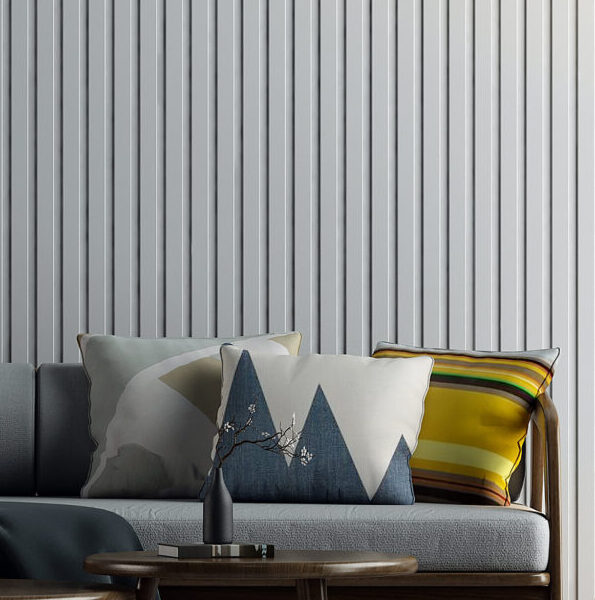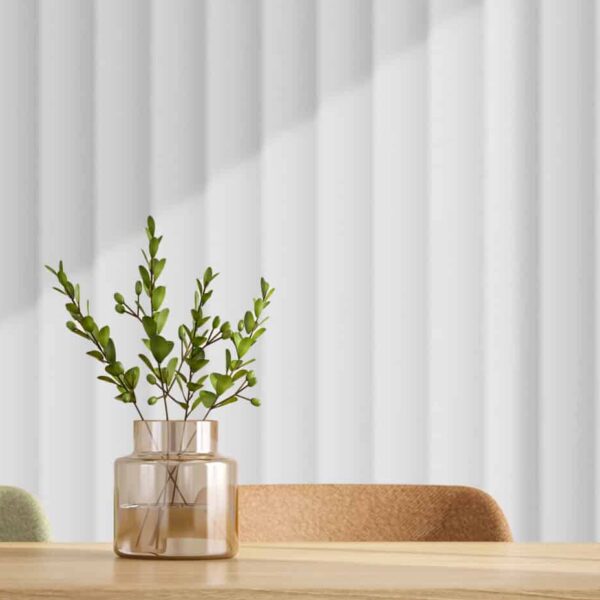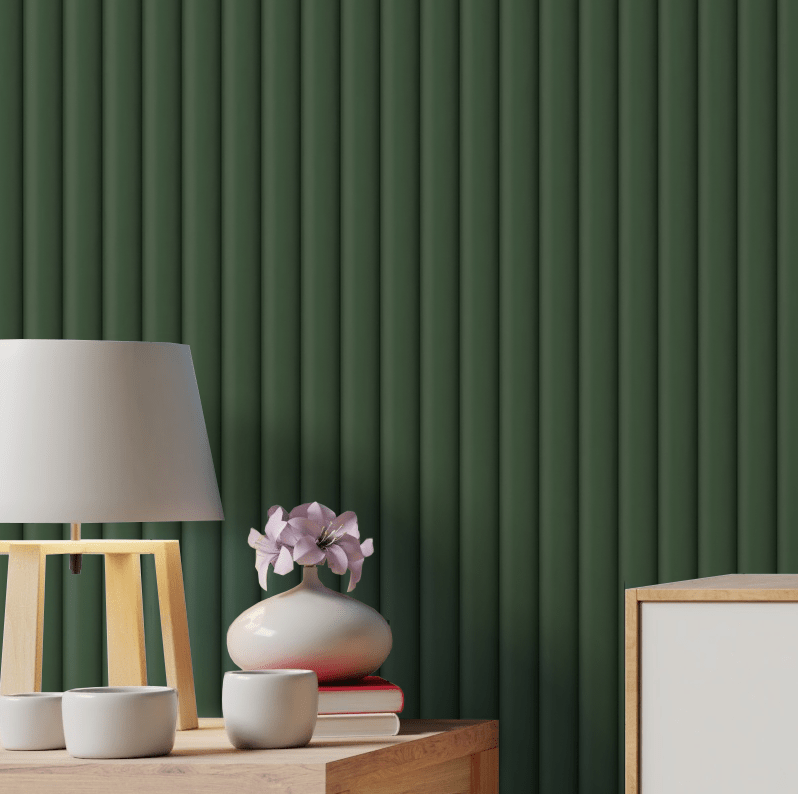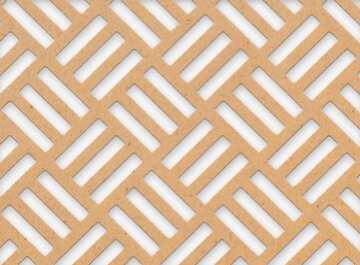Decorative MDF (Medium Density Fiberboard) panels are making waves in the interior design world. With their versatility and aesthetic appeal, they provide an excellent solution for adding a touch of style to any space. Whether you’re renovating your home, designing a commercial space, or simply looking for a creative DIY project, these panels can help bring your vision to life.
What are Decorative MDF Panels?
Decorative MDF panels are engineered wood products made from wood fibers combined with adhesives and subjected to high temperature and pressure. This manufacturing process results in a dense and smooth material that can be easily shaped and finished. As a result, MDF panels can be crafted into a variety of designs, making them ideal for decorative applications.
Key Features of MDF Panels
- Versatile Design Options: Available in various patterns, colors, and textures.
- Easy to Work With: Can be cut, drilled, and finished with minimal effort.
- Cost-Effective: Offers a budget-friendly alternative to solid wood.
- Sustainable: Made from recycled wood materials.

Common Uses of Decorative MDF Panels
- Wall Panels: Create stunning accent walls in living rooms, bedrooms, or offices.
- Cabinetry: Ideal for beautiful cabinetry in kitchens and bathrooms.
- Ceiling Treatments: Add character with coffered or drop ceilings.
- Furniture Design: Perfect for creating custom furniture pieces.

Benefits of Using Decorative MDF Panels
When considering materials for your next project, the benefits of decorative MDF panels can’t be overlooked. Here are some key advantages:

1. Aesthetics
MDF panels can be finished in countless ways — painted, stained, or laminated — making them an ideal choice for achieving a wide range of styles, from modern to traditional.
2. Durability
With proper care, MDF panels can withstand the test of time, making them a reliable choice for both residential and commercial applications.

3. Ease of Maintenance
MDF panels are easy to clean and maintain. A simple wipe with a damp cloth is often enough to keep them looking new.
4. Sound Absorption
The density of MDF makes it an excellent sound insulator, which can be beneficial in noisy environments.
-15.jpg)
5. Eco-Friendly Choice
As a product made from recycled wood fibers, MDF is a more sustainable option compared to solid hardwoods.
How to Choose the Right Decorative MDF Panels

Selecting the appropriate MDF panels for your project involves considering several factors. Here’s a detailed guide to help you make an informed decision:
1. Purpose of Use
Identify how you plan to use the panels. Will they be for wall coverings, cabinetry, or furniture? Different applications may require different thicknesses and densities.
2. Thickness and Density
| Thickness (mm) | Best For | Density (kg/m³) |
|---|---|---|
| 6 – 9 | Internal partition walls, lightweight applications | 600 – 800 |
| 12 – 18 | Cabinet doors, furniture, wall paneling | 700 – 900 |
| 20+ | Structural applications, heavy-duty usage | 800 – 1000 |
3. Surface Finish
Consider whether you want a raw finish (to paint or stain yourself) or a pre-finished option. Pre-finished panels save time and provide a consistent look.
4. Design Options
Explore various design styles, including embossed, smooth, or patterned surfaces to complement your interior decor.
5. Budget Considerations
Set a budget for your project. Although MDF is generally cost-effective, prices can vary based on quality and design details.
Creative Ideas for Using Decorative MDF Panels
Now that you know about MDF panels and their benefits, let’s dive into some creative ideas for incorporating them into your space:
1. Accent Walls
Transform a plain wall into a stunning focal point using decorative MDF panels. Choose a bold color or intricate design to make a statement.
2. Custom Furniture
Use MDF to design unique furniture pieces that match your personal style. From coffee tables to entertainment units, the possibilities are endless.
3. Decorative Ceilings
Add depth and character to your ceilings with coffered designs or patterned MDF panels, making a strong visual impact in any room.
4. Headboards
Craft a stylish headboard for your bed using decorative MDF. You can easily customize the shape and finish to suit your bedroom decor.
5. Room Dividers
MDF panels can also be used to create attractive room dividers, providing privacy while enhancing the overall aesthetic of open spaces.
Installation Tips for Decorative MDF Panels
Installing MDF panels can seem daunting, but with the right approach and tools, you can achieve beautiful results. Here are some helpful tips:
1. Gather the Right Tools
- Measuring tape
- Level
- Utility knife or saw
- Screws or adhesive
- Paint or finish (if applicable)
2. Prepare the Surface
Ensure that the wall or surface where you’ll be applying the MDF panels is clean and dry. Any imperfections can affect the adhesion or appearance of the panels.
3. Measure and Cut
Accurate measurements are crucial. Use a measuring tape to determine the dimensions needed, and carefully cut the panels using a saw or utility knife.
4. Secure the Panels
Depending on your project, you can either screw the panels directly to the wall or use adhesive for a cleaner look. Be sure to level each panel before fastening.
5. Finishing Touches
Once installed, apply any desired paint or finish to enhance the appearance of the panels and protect them from moisture and wear.
Maintenance of Decorative MDF Panels
To ensure your decorative MDF panels stand the test of time, here are some maintenance tips:
1. Regular Cleaning
Dust the panels regularly with a soft cloth. For more thorough cleaning, use a damp cloth and mild detergent, avoiding excessive moisture.
2. Avoid Water Exposure
MDF is sensitive to moisture. Ensure that any spills are cleaned up immediately, and maintain good humidity levels in your home.
3. Touch Up Scratches
If the panels get scratched, you can use touch-up paint or markers that match the panel color to conceal any imperfections.
Pros and Cons of Decorative MDF Panels
Pros
- Cost-effective compared to solid wood.
- Wide variety of designs and finishes available.
- Easy to work with for DIY projects.
- Lightweight, making installation easier.
Cons
- Can be damaged by water if not properly sealed.
- Not as strong as solid wood, making it less suitable for heavy-duty applications.
- Health concerns related to MDF dust if not properly handled during cutting.
FAQs About Decorative MDF Panels
1. Are decorative MDF panels water-resistant?
No, MDF is not naturally water-resistant. It’s crucial to seal the panels appropriately to protect them from moisture.
2. How do I paint MDF panels?
To paint MDF panels, first, apply a primer to seal the surface. After priming, you can use any quality paint for the final finish.
3. Can I use MDF panels outdoors?
While MDF can be used outdoors with proper sealing and treatment, it’s not recommended for long-term outdoor exposure due to moisture sensitivity.
4. How do I cut MDF panels without damaging them?
Use a fine-tooth saw or a utility knife for clean cuts. Make sure to measure and mark accurately before cutting to ensure the best results.
5. Are MDF panels environmentally friendly?
Yes, MDF panels are made from recycled wood fibers, making them a more environmentally friendly option compared to solid wood products.
Conclusion
Decorative MDF panels are a fantastic way to enhance the beauty and functionality of any space. With their versatile design options, ease of installation, and cost-effectiveness, they have emerged as a go-to choice for homeowners and designers alike. By understanding the benefits, applications, and maintenance strategies for MDF panels, you’re well-equipped to implement this innovative material in your next project. Whether you’re aiming for a sleek modern look or a cozy traditional feel, decorative MDF panels can help you achieve your design goals. Happy decorating!